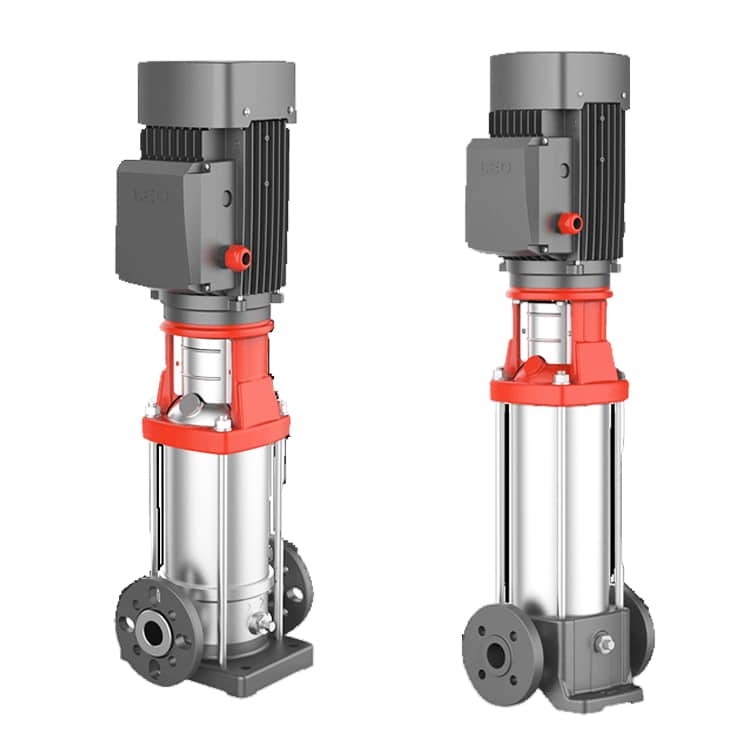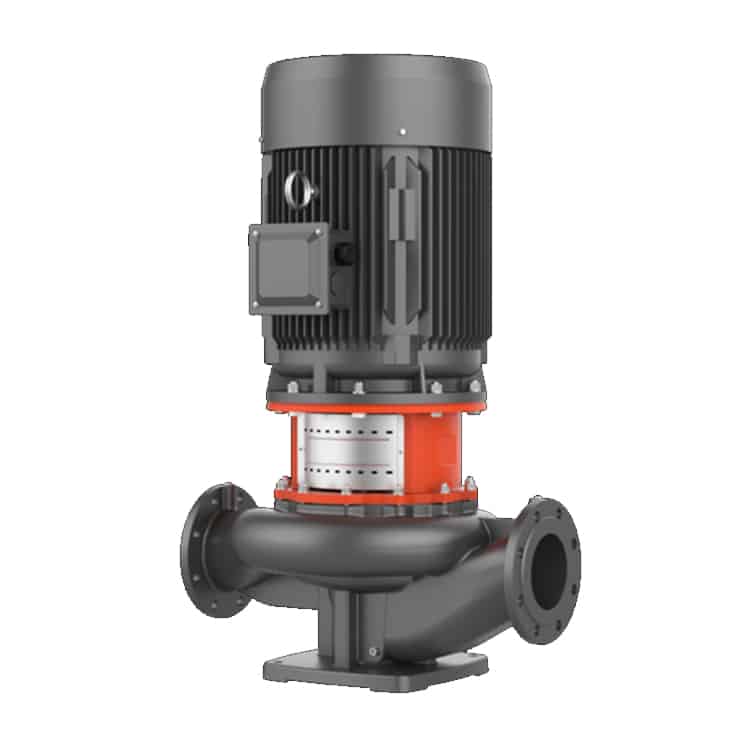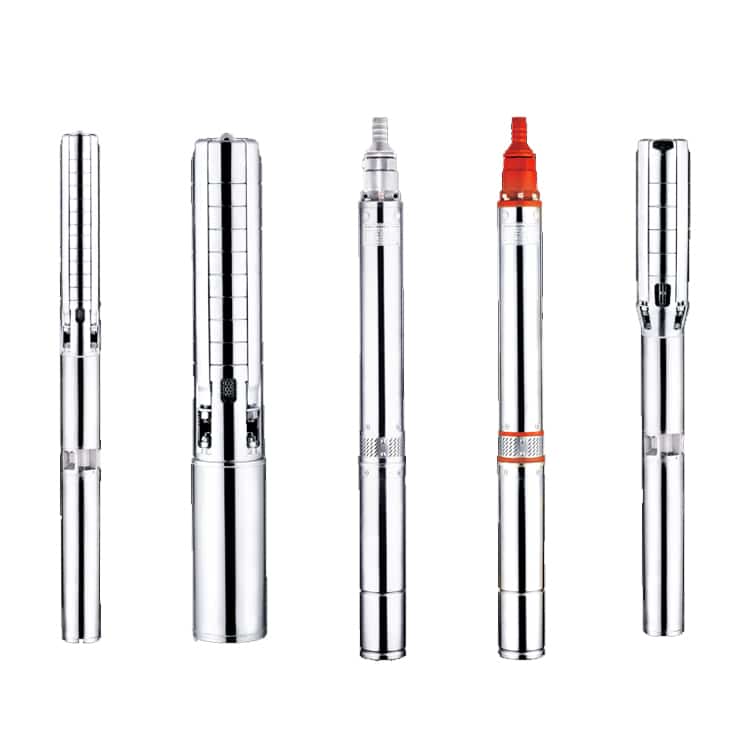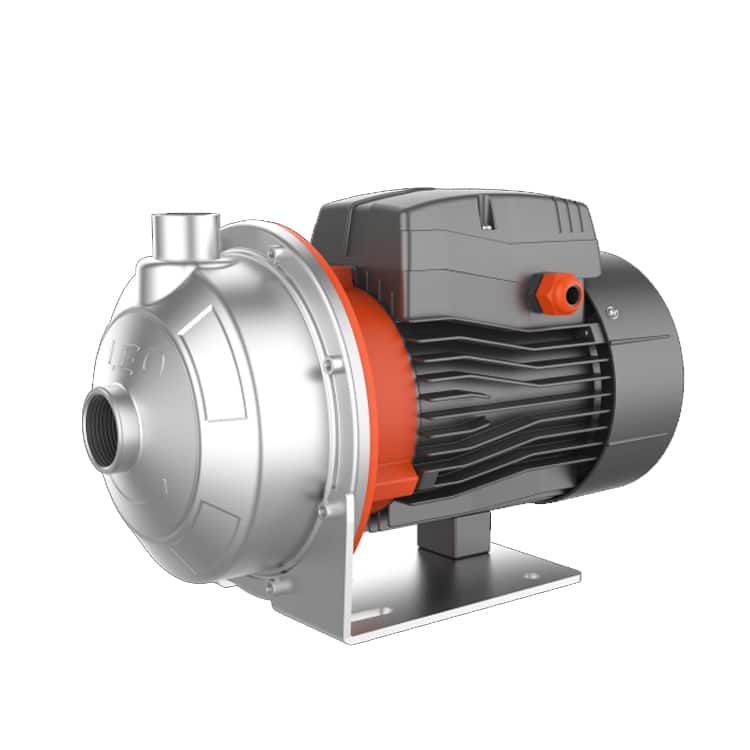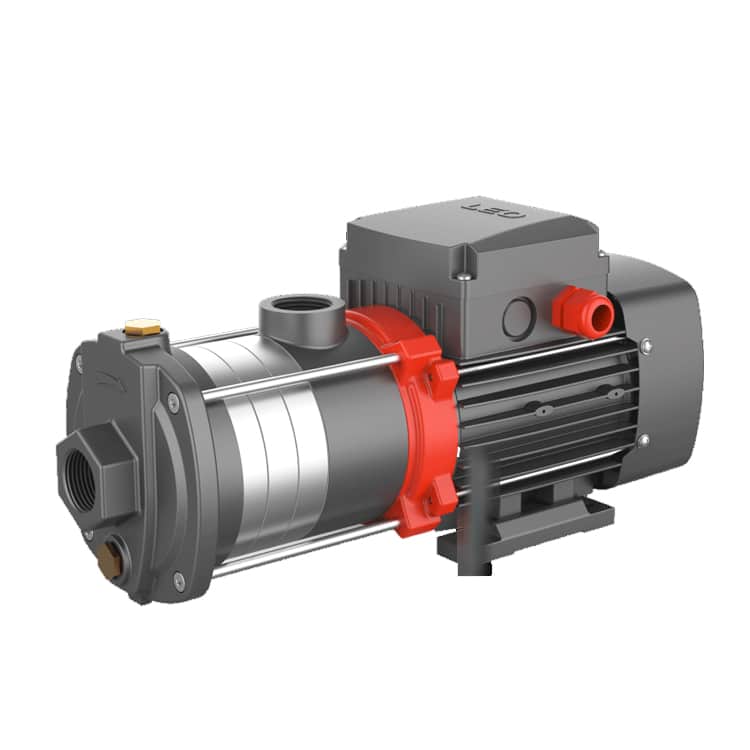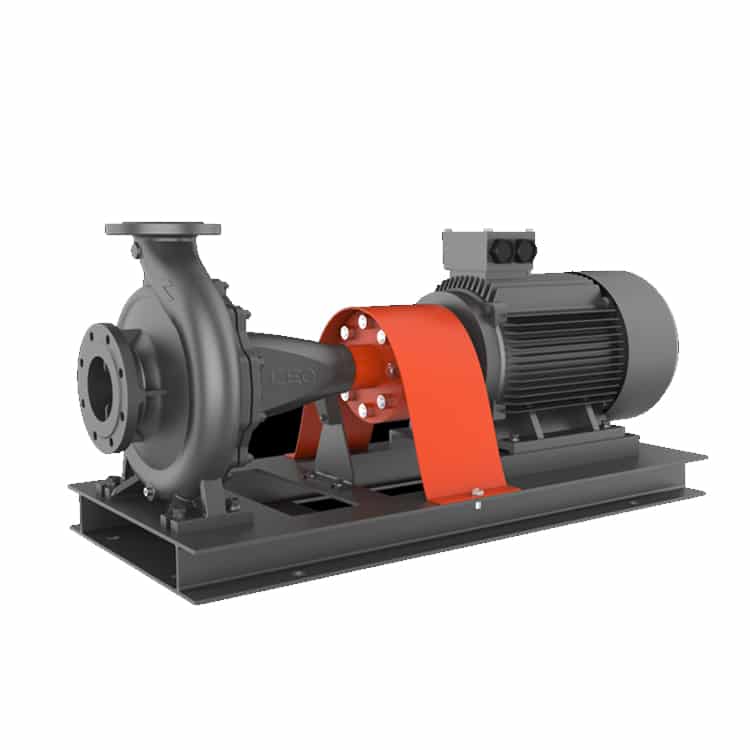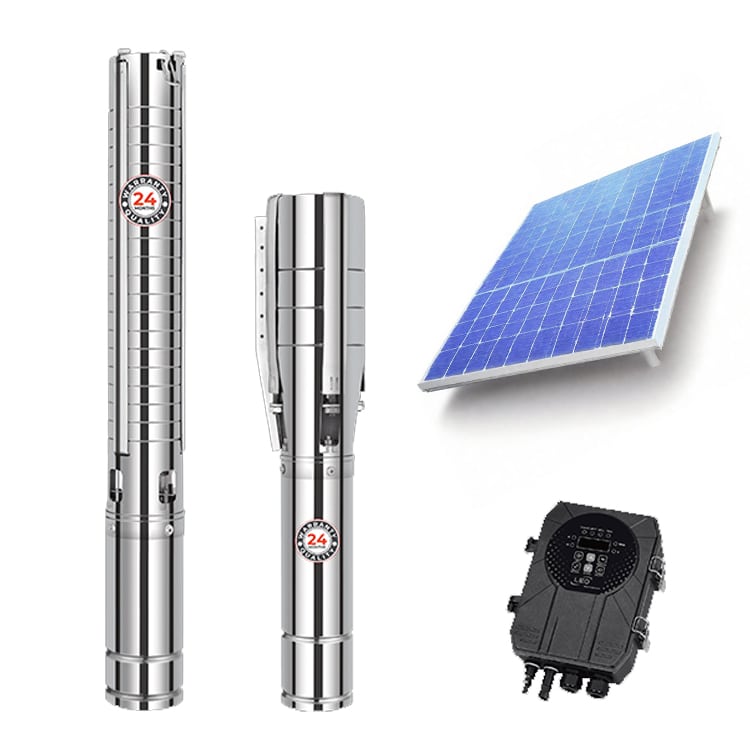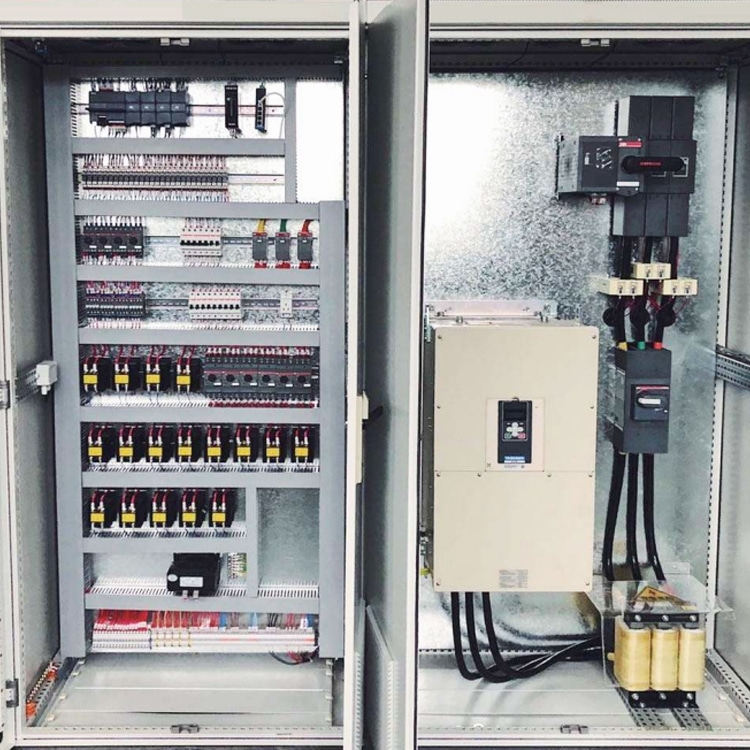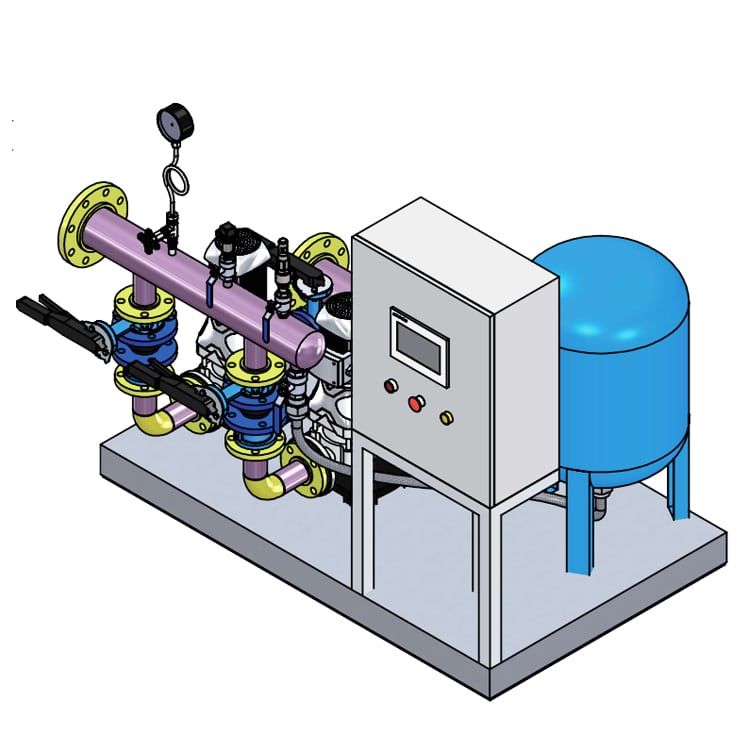Products
Lead the city spring, build a better life together — In the busy urban context, every drop of clear water is a beating note of life and the source of urban vitality. We, as your trusted municipal water business, are committed to delivering the pure gift of nature safely and efficiently to every family, every community, and every factory, injecting the source of life into every corner of the city.
The source of quality, safety first — We know that water safety is the foundation of people’s livelihood, so from the source to the end, every link follows the most stringent national water quality standards. The use of advanced water treatment technology and 24-hour uninterrupted water quality monitoring system to ensure that every drop of water is purified by layers, reaching or even exceeding drinking water safety standards, so that residents can use and drink with peace of mind.
Smart water, convenient life — In the wave of digital transformation, we actively embrace smart water, through the intelligent management system, to achieve accurate scheduling and efficient operation and maintenance of the water supply network. Whether it is water regulation, leakage monitoring, or user service response, it is real-time and intelligent, so that water resources management is more scientific, and bring you unprecedented water convenience.
A pump is a machine that transports or pressurizes liquid. It transfers the mechanical energy or other external energy of the prime mover to the liquid, so that the liquid energy is increased, mainly used to transport liquids including water, oil, acid lye, emulsion, suspension emulsion and liquid metal, etc., can also transport liquids, gas mixtures and liquids containing suspended solids.
The working principle of the pump is to convert the mechanical energy into the kinetic energy and potential energy of the liquid through the high-speed rotation of the impeller, so as to achieve the transportation of the liquid. Different types of pumps, their working principles and structures will also be different. For example, the working principle of the centrifugal pump is to use the centrifugal force generated by the high-speed rotation of the impeller to throw the liquid from the center of the impeller to the four sides, so as to achieve liquid transportation; The axial flow pump is through the rotation of the impeller, the liquid is pushed out along the axis, suitable for large flow, low head occasions.
There are a wide variety of pumps, which can be divided into many types according to factors such as use, working principle and structure. Among them, the common types include centrifugal pumps, axial flow pumps, mixed flow pumps, submersible pumps, shielded pumps, etc. Each type of pump has its specific application scenarios and advantages and disadvantages, and users should be comprehensively considered according to actual needs when choosing.
In the use of the pump, the following points need to be noted:
- Select the right pump model and specifications to ensure that the pump can meet the actual needs.
- When installing the water pump, ensure that the foundation of the water pump is stable, and the inlet and outlet pipes are correctly connected and tightly.
- Before starting the water pump, check the status of the power supply, motor, and water pump to ensure that the equipment is normal.
- During operation, the running status of the pump should be checked regularly to discover and handle abnormal situations in time.
- After the shutdown, the pump should be cleaned and maintained to ensure the long-term stable operation of the equipment.
In general, as an important fluid transport equipment, the pump has a wide range of applications in various fields. When using the water pump, the user should select the appropriate model and specifications according to the actual needs, and operate and maintain the water pump in strict accordance with the operating rules to ensure the normal operation and long-term stability of the equipment.

